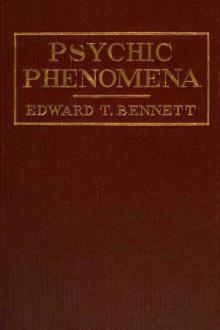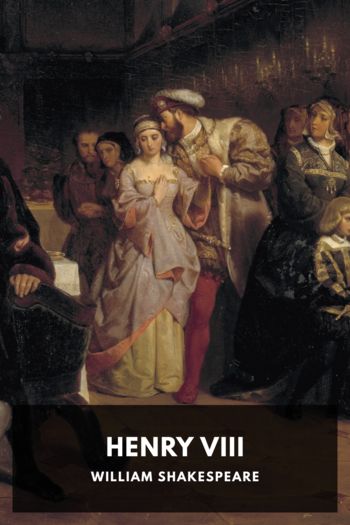Don Quixote by Miguel de Cervantes Saavedra (electric book reader TXT) 📕

Description
Don Quixote is a novel that doesn’t need much introduction. Not only is it widely considered the greatest Spanish literary work of all time, one of the greatest literary works in history, and a cornerstone of the Western literary canon, it’s also considered one of the first—if not the first—modern novels.
This Standard Ebooks edition is believed to be the first ebook edition of Don Quixote to feature a full transcription of translator John Ormsby’s nearly 1,000 footnotes. Ormsby as an annotator deftly explains obscure passages, gives background on the life and times of 1600s Spain, references decisions from other contemporary translators, and doesn’t hold back from sharing his views on the genius—and flaws—of Cervantes’ greatest work.
The story is of the eponymous Don Quixote, a country noble who, in his old age, reads too many chivalric romances and goes mad. After convincing his grubby servant, Sancho Panza, to join him as his squire, he embarks on an absurd and comic quest to do good and right wrongs.
Today Don Quixote’s two volumes are published as a single work, but their publication came ten years apart. Cervantes saw great success with the publication of his first volume, and appeared to have little desire to write a second volume until a different author wrote a spurious, inferior sequel. This kicked Cervantes into gear and he wrote volume two, a more serious and philosophical volume than the largely comic first volume.
Despite being written in 1605 and translated in 1885, Don Quixote contains a surprising amount of slapstick laughs—even for the modern reader—and narrative devices still seen in today’s fiction, including meta-narratives, frame narratives, and metafiction. Many scenes (like Quixote’s attack on the windmills) and characters (like Sancho Panza and Lothario) are so famous that they’re ingrained in our collective culture.
Read free book «Don Quixote by Miguel de Cervantes Saavedra (electric book reader TXT) 📕» - read online or download for free at americanlibrarybooks.com
- Author: Miguel de Cervantes Saavedra
Read book online «Don Quixote by Miguel de Cervantes Saavedra (electric book reader TXT) 📕». Author - Miguel de Cervantes Saavedra
The Perrillo—i.e. the little dog—was the trademark of Julian del Rei, a famous armourer and swordsmith of Toledo and Saragossa. ↩
E.g. Amadís, Esplandián, Belianis, the Caballero del Febo, and others. “The Knight of the Lions” was one of the titles adopted by Amadís. ↩
Proverb 39. ↩
Many houses in the old towns of Northern and Central Spain are so decorated to this day. ↩
The beginning of Garcilaso’s tenth sonnet, imitated from Virgil, Aeneid Lib. IV: “Dulces exuviae, dum fata deusque sinebant.” ↩
A hit at the prolixity not only of the romances of chivalry, but of more modern works. ↩
Not that sea-wolf skin was a specific, but because, like many suffering from ailments in the region of the loins, he found a baldric passing over the shoulder easier than the ordinary sword-belt. ↩
Cervantes himself won a first prize at Saragossa in 1595. ↩
Alluding to Pesce-Cola, or Pece Colan, the famous swimmer of Catania, who lived towards the end of the fifteenth century. ↩
Entreverado, i.e. like bacon that is mixed fat and lean. ↩
“Nunquam inducant animum cantare rogati,
Injussi nanquam desistant.”
↩
Glossed verses, versos glosados, of the sort imitated here, were among the literary frivolities indulged in by the sixteenth and seventeenth century poets in Spain. Lope claims them as a Spanish invention, but Ticknor traces them to the Provençal poets. The Provençal glosses, however, were not constructed on the same principle. In Saa de Miranda’s Obras (1595), a gloss on some lines of Jorge Manrique’s is described as “ao costume daquelles tempos,” which may imply that they came into fashion at the beginning of the sixteenth century. ↩
This sonnet is a caricature, and by no means an overcharged one, of the sonnet style of the Culto school, which at this time had nearly attained its highest influence. Indeed, it might easily pass muster as a fair specimen, not perhaps of Góngora, but of any of the minor cultoristas. ↩
Literally, “among the hosts of consumed poets.” Possibly Cervantes meant by the word “lean,” “starving,” but it also has the meaning I have given, which, perhaps—“genus irritabile vatum”—is the more likely one. ↩
See notes to Chapter XXII. ↩
Cervantes seems to have introduced the “discreet” Don Diego de Miranda as a sort of contrast to Don Quixote. Possibly it was from these chapters that Theodore Agrippa d’Aubigné took the idea of his Sieur Enay and Baron Foeneste. ↩
In the sword-dances the dancers carried swords with which they made cuts and passes at each other, the art of the performance consisting in going as near as possible without doing any injury. The bell-dancers wore a dress hung with little bells after the fashion of the morris-dancers in England. The peculiar agility of the shoe-dancers—zapateadores—was shown by striking the sole of the shoe with the palm of the hand. ↩
Proverb 162. ↩
Proverb 82. ↩
Sayago, a district between Zamora and the Portuguese frontier. From the time of Alfonso X the Castilian of Toledo was always regarded as the standard. ↩
The Zocodover, the chief plaza of Toledo, and the Sok, or marketplace, in the time of the Moors. The cathedral cloisters are to this day a favourite lounge in that sunbaked city. ↩
Majalahonda (properly Majadahonda), a small village a couple of leagues to the northwest of Madrid. ↩
Mandoble is described in the Academy Dictionary as a cut or stroke delivered with both hands, but Arrieta explains it as one given by a turn of the wrist. ↩
To fall off one’s donkey, caer de su borrico or burro, a popular phrase for owning that one has been in the wrong. ↩
Proverb 60. ↩
Count Dirlos was the brother of Durandarte and hero of one of the ballads of the Carlovingian cycle. His name seems to have come to be used somewhat in the same fashion as that of “The Marquis of Carabas.” V. Qaevedo’s Gran Tacaño, chapter XII. ↩
The tinajas or jars used for storing wine in La Mancha are sometimes seven or eight feet high, and nearly as much in diameter at the widest part. ↩
The sword-dance was exceedingly dangerous, so much so that it was prohibited in course of time. ↩





Comments (0)